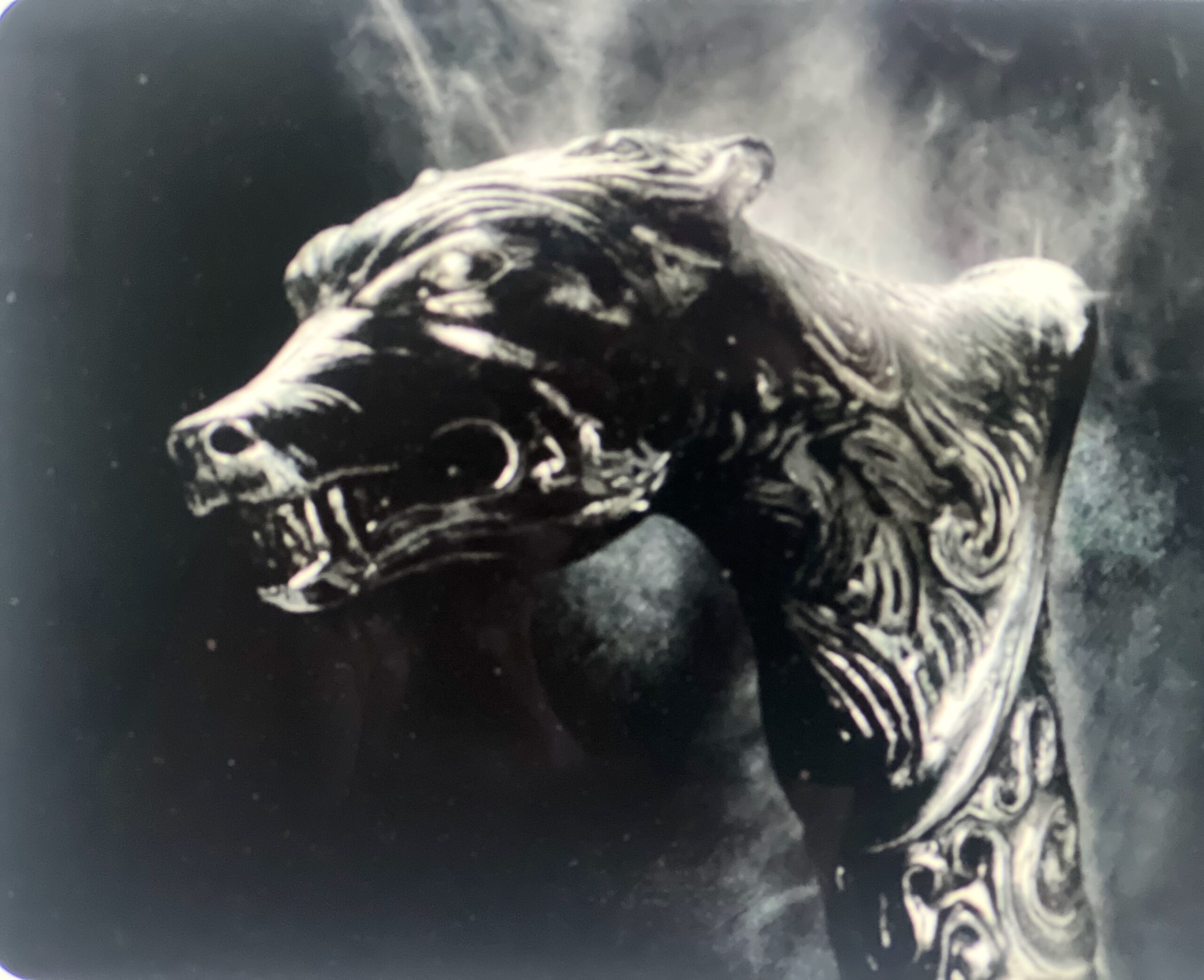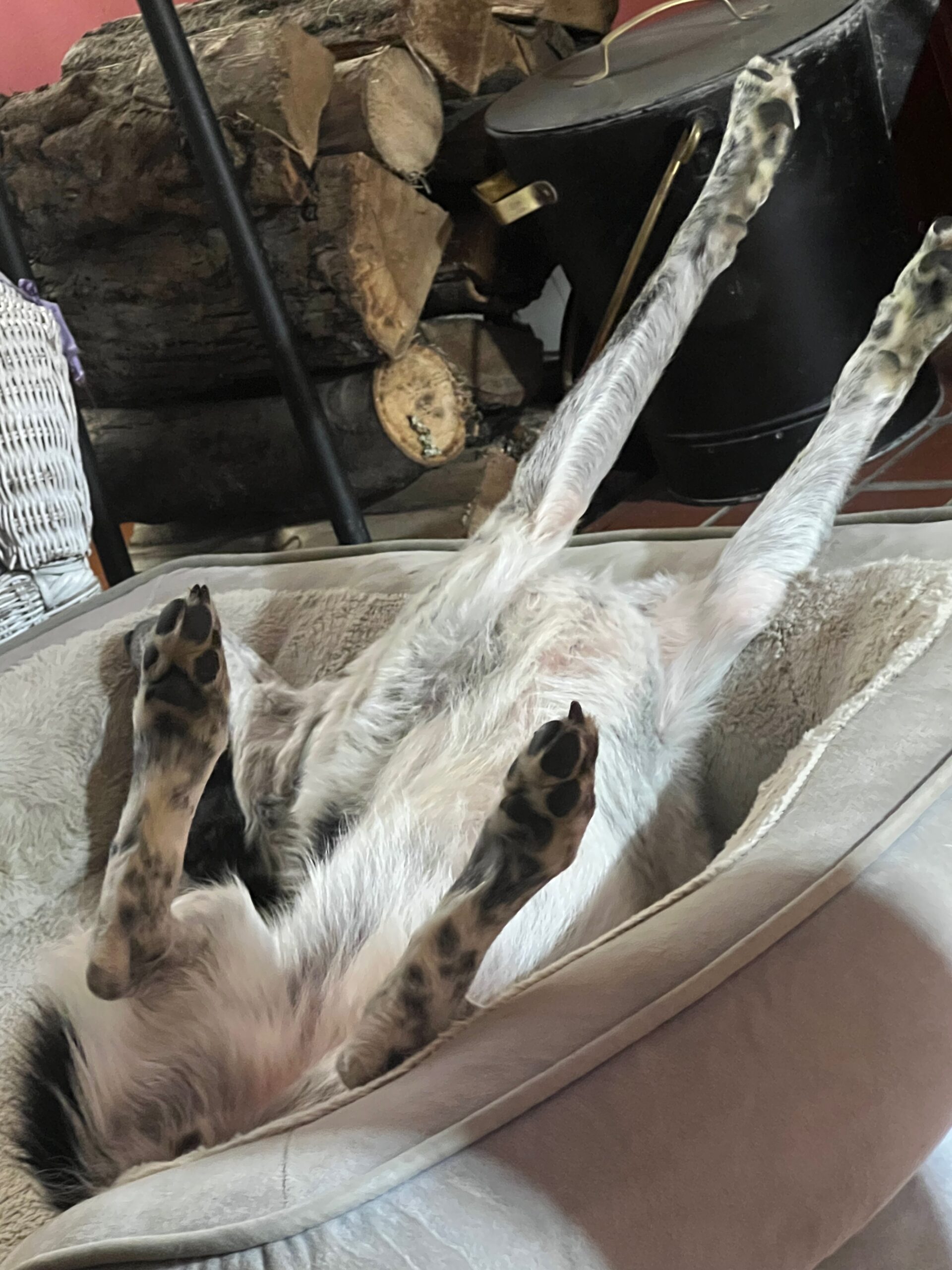The stack of books I’m reading or planning to read is growing. It changes almost every other day; I’m drowning in books I’m loving or sharing with you. I’m falling behind but will read every page.
This posting about my books has become a tradition I love, and from my messages, it’s appreciated.
I’m halfway through Rosie Walsh’s runaway mystery, The Love Of My Life, a book that will keep me on my toes and asks this question: do we know the people we love, marry and live with? I’m hooked.
This book is wonderfully well-plotted, and I’m not sure anyone in it, including a dog named John Keats, is really who they seem to be. I’m halfway through; I’m hooked and aren’t close to guessing it.
I’m going back and forth between Walsh’s book and the literary masterpiece Shuggie Bain by Douglas Stewart, a winner of England’s Booker Prize, perhaps the most prestigious award in all publishing. This is one of the best-written books I’ve ever read.
Shuggie Bain is a powerful, brilliantly written, and devastating book about a young gay man and his alcoholic mother fighting to survive and love each other in Glasgow during the 1980s.
The book is a remarkable chronicle of what it means to be gay, poor, and abandoned in one of the Western world’s poorest and most violent cities during a difficult time.
I’m halfway through, and I love every page, even though I take occasional brief breaks from it. The term can be overused, but this book is a masterpiece.
I got Tina Brown’s new book on the British Royal family’s painfully infamous troubles with women, from Camilla to Diana to Megan and Kate (and their husbands) and the woman who tried to control them, Elizabeth – The Palace Papers: Inside the House of Windsor – the Truth and the Turmoil.
Some people might dismiss Brown’s thorough, revealing, and sensational story of these royal women as yet another gossipy exploitation of the Royal Family. But Brown is a first-rate journalist, fact-driven, meticulous, thorough and knowledgeable.
This is much deeper than another tabloid tell-all.
It is a study of women in power and how difficult the world makes their lives. It is a story of love, ambition, loss, and human pain, all revolving around a thousand-year-old institution covered in dust and ritual and forever caught off guard and by surprise in modern times.
But I’m deep into it and like it a lot.
Brown, the former editor of the New Yorker Magazine, is a brilliant writer and a terrific reporter, the perfect formula for writing a much deeper book than it might seem to be, or then royal family books often are.
This is no gossip fest; it’s severe and well-researched and an essential book about our times and the deepening struggle of an ancient institution to survive in 2022.
Queen Elizabeth is likely to die soon, and there is a growing concern and speculation about whether the monarchy can survive her loss. Brown offers the most comprehensive study of what goes on inside those walls that I’ve yet to read.
There is plenty of riveting and fresh gossip that breaks through the protective wall that shrouds the most famous family in the world.
Still, this book is also a well-reported and credible story about women and the complexity and struggle of becoming famous. Every detail of their lives is raked over by the primarily male journalists dying to make them look bad and profit from it. Against them are a dusty, stuffy, cloistered Army of Palace Protectors of a Queen desperately trying to stop them, usually failing.
A thousand years ago, she could have banished all of them to some castle in Wales if they dared to challenge her. Now, she has to call strategy meetings with publicists.
As Brown points out, the Queen is the whole enterprise; to steal attention from her is heresy. Nothing is more important than here. Megan doesn’t see it that way; as Brown clarifies, nothing is more important than her.
And that is the core of the challenge facing the modern monarchy. If you can get Oprah to interview you and take your side, you are among the most influential people in the world.
Brown beats up almost everyone in the book except Camilla, Duchess of Cornwall; her husband Charles is the heir apparent to Queen Elizabeth, the next King of England, if his mother ever does die. In journalism, we understand that the people who are not skewered in revelatory books (think Bob Woodward) are invariably the ones who are telling tales.
Camilla, a possible future Queen, was unscathed. Nobody else in this saga was.
As portrayed in this serious, persuasive, and titillating book, the challenge for Queen Elizabeth is that her children and family and their partners – from Diana to Meghan to Charles to Andrew – are as famous (or infamous) as she is, and much more interesting, if less respected.
While she keeps true to her determination to be the most reliable, dependable, and guarded public figure on the earth, her family can’t seem to go along with the program. She can’t chop off their heads any more; she has to watch almost helplessly as they get tangled in scandals or tell all to Oprah or defy and ignore her.
Times have changed; the Queen and her courtiers spend much of their time doing damage control on behalf of the young, the perverted, the foolish, and the ambitious. Who wants to live like that anymore if there’s a choice? You can’t control these people anymore!
Brown skewers Megan and Harry as self absurd and greedy brats who left the Royal Family and their duties for Netflix and a California mansion. They are seen as a betrayal. Megan perfected the role of the helpless victim of racism, and Harry is portrayed as emotionally unstable and self-pitying.
Megan, as Brown saw her was a brooding, power-crazed, volatile adolescent. And the racial context of her conflicts with the Palace was often too honest.
She could never understand the Palace, and the Palace – almost entirely white and subservient – could never understand her. Neither side had any context for dealing with the other.
The monarchy is in trouble – the CEO of the enterprise, writes Brown, is nearly 100 years old, and her successor is well into his 70s.
No wonder they can’t figure out how to handle the young and the scheming and dissatisfied outsiders their children always seem to fall in love with.
These people still believe they are here because God put them here to rule over their people. Feminism, disloyalty, plotting and scheming, indiscretions and revelations, and media manipulation are centuries behind their coping abilities.
Diana left the family hating Charles and the rest of them, and she paid them back with a media payback campaign that went on for years. She knew she was more popular than any of them and used it as a weapon again and again. Charles, constantly stuffy and awkward (and in love with someone else since he was 21), was no match for his bitter ex-wife.
I can’t wait to keep reading this book.
Today, another book I’m dying to read arrived in the mail. This is Ashlee Vance’s much-praised biography of Elon Musk: Tesla, SpaceX, and the Quest For a Fantastic Future.
This is the best time to read this book as Musk has traumatized media and its pundits over his apparent purchase of Twitter. (My blog posts to Twitter, but there isn’t enough money to get me to post there.) My personal opinion is that the importance of Twitter is radically overblown.
Mostly, the tweeters talk to one another.
Journalists and media ideologues are desperate to label Musk; he is either the earth’s savior through his electric cards or a demon extremist eager to bring the pedophiles, liars, and conspiracy theorists back to Twitter.
But this is a person allergic to labels, and no label, political or otherwise, fits him. He loves Twitter and is an almost obsessed Tweeter. True to the spirit of Twitter, he is often cruel and cutting in his tweets. Why not? So is everyone else?
He is an original thinker; he thinks for himself and is not afraid to Tweet wildly and irresponsibly about it, just like Mr. Trump.
Musk had done more to fight climate change than anyone else in the world and, at the same time, rushes to defend Donald Trump when he was kicked off of Twitter for being a chronic liar and treasonous hypocrite.
Musk is a hero to millions of young people worldwide and has 80 million followers on Twitter. He is a hero to more people than any other public figure in America, including Donald Trump.
Musk’s posts make Donald Trump look like the corrupt and hopeless old fart that he is. I wonder if my former colleagues in the media will ever figure out that Trump is over, as stale as a five-day-old fish. Musk, for all his faults, is very much alive.
I haven’t read the book yet, but Musk is the most fascinating of the small but growing Army of Billionaires eager to own our media, our culture, and perhaps our politics.
Yes, the billionaires are taking over the public institutions and ideas that bind us or once did, from Fox News to The Washington Post to outer space to the Atlantic to the Los Angeles Times, and now to Twitter (did I forget to mention Mark Zuckerberg?
Musk is the most exciting visionary of the bunch. I do not doubt that he will defy any label people might want to put on him and bless him.
His life is all about doing things everyone else believed impossible to do.
He’s made electric cars the most popular cars globally, steamrolling and humiliating giants like GM and Ford. He might save the planet.
He’s revived space and space travel all by himself (Jeff Bezos is out there too). Now he says he has an idea for re-imaging and radically improving Twitter, now one of the most central and influential information entities in the world.
If successful, he could transform the very idea of modern media. I doubt he will turn the site over to the far right or the far light. Nothing would make him happier (or me, for that matter) than for the extremes at either end of the spectrum to hate him equally.
Musk is not only playing with the big boys now; he is just about to be the biggest boy of them all.
I don’t know what to make of him, except that his accomplishments are staggering, and I am eager to read Ashlee Vance’s reportedly excellent account of who he is, where he comes from, and how he has accomplished what he has accomplished.
I see Musk as a genius, a true visionary, an idiot savant, and an insecure adolescent who, like Steve Jobs, sees well into the future, is ruthless and unforgiving to stupidity, failure, and incompetence. Of course, he is dangerous. But he is also capable of great things, as he has already proven.
He is way too smart to be a tool of one side. What would the point of that be for such an independent thinker and sometimes mystic? He does seem to see the future. He might end up owning it.
Musk doesn’t think that small, for better or worse. Labels are about people who don’t wish to think. Musk is all about thinking.
So this book is very welcome to me; I can’t wait to read it. This is someone I want to understand. I hope to get a sense of him.
So I’ve got some great reading to do—a stack of riches.
Now, all I have to do is make time for it.





